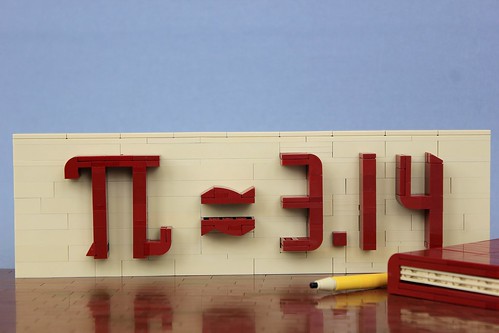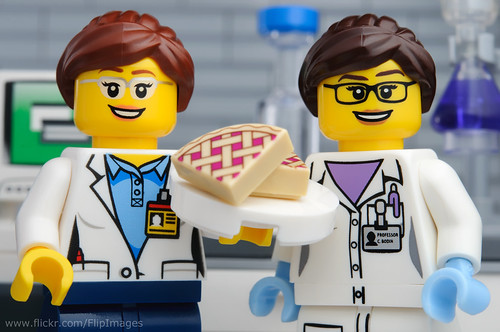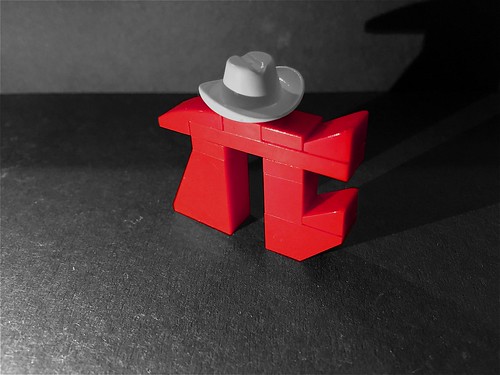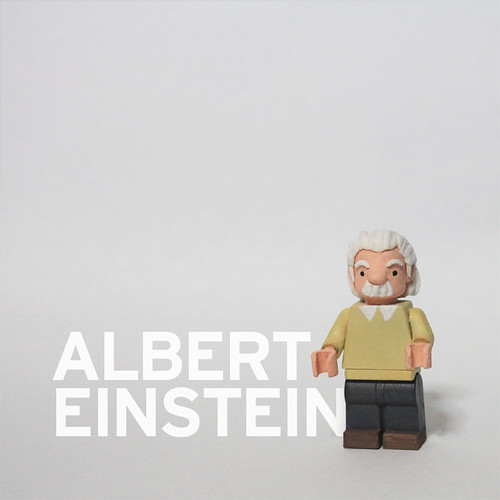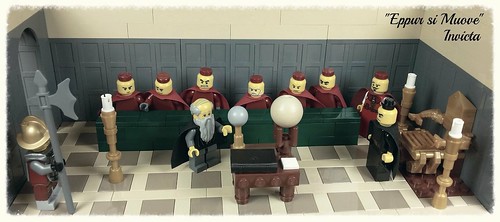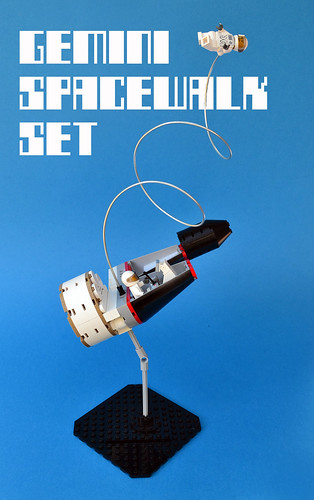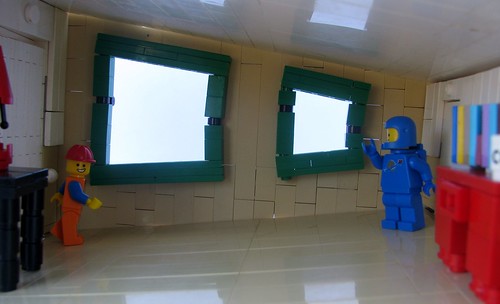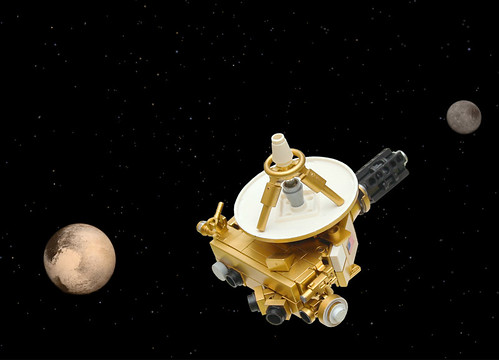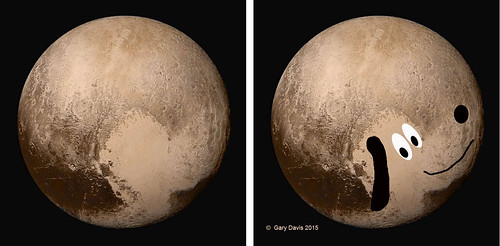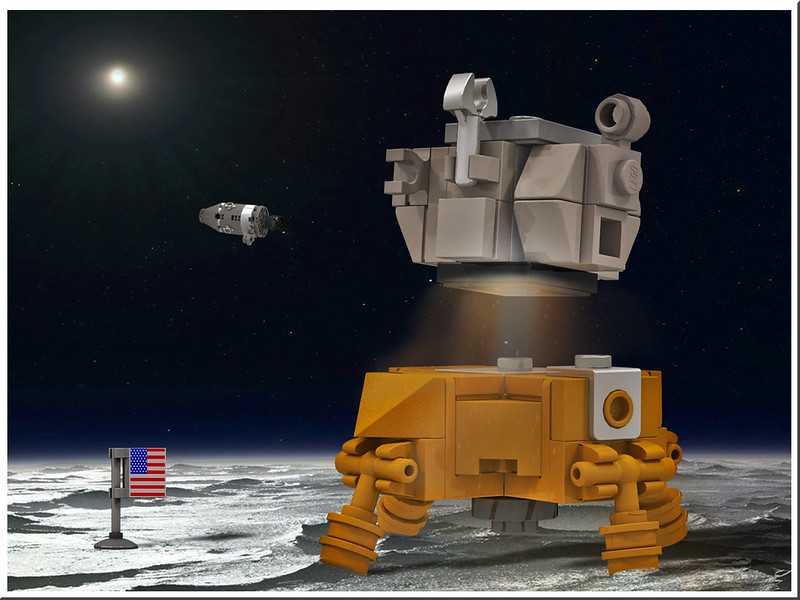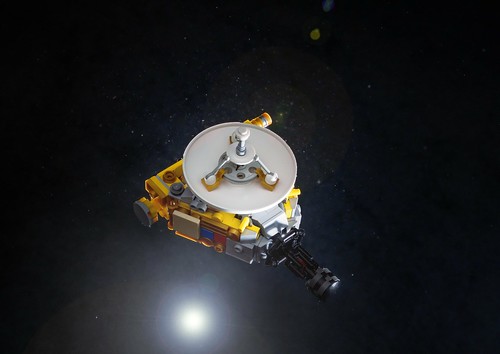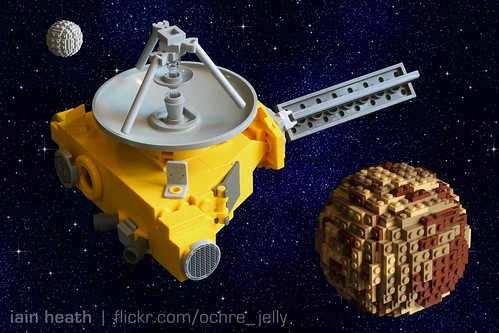I wanted to talk a bit about LEGO Ideas If you don't know,
LEGO Ideas (formerly known as LEGO Cuusoo) is a crowdsourcing site where anyone can submit a LEGO creation, and if enough people vote for it, LEGO will consider making it into a set. LEGO Ideas has been very good to science fans like me, and presumably you, bringing us science-themed sets like
Shinkai 6500 Submarine,
Hayabusa,
NASA Mars Science Laboratory Curiosity Rover, and
Research Institute, and you could probably include
Birds and
Big Bang Theory in the mix. So I can't really hate Ideas, but I kind of hate Ideas. The reason is that it's largely a false hope. Yes, they have chosen to make 13 really cool sets. But they've also rejected tens of thousands in the process (a little over a year ago they noted there were 60,000+ projects, and it's only grown since then). So the bad news about Ideas is, well, your set isn't going to be made. Not that it's not possible, but it's kind of like buying a lottery ticket. You're not going to win. Sure, somebody is going to win, but I can say with a high degree of certainty that it's not you. But LEGO Ideas has essentially tricked people into thinking that they have a shot at having their MOC turned into a set.
That might not be so bad, but I think that the whole project has hurt the online LEGO community. If people just kept on doing what they were doing before, building MOCs, posting them on community sites, and discussing them, but occasionally put a nice MOC up on Ideas, that would be fine (I should note, the people who have had MOCs turned into sets mostly are like this). But there are a certain number of people who have disengaged from the community, instead turning themselves into promotion machines for their Ideas submissions. As someone with LEGO themed blogs and who administers a LEGO community forum, I can't tell you how many requests I've gotten to push someone's Ideas submission. And these are mostly from people who seemingly have no interest whatsoever in those blogs or that forum. And there are people who spend a lot of time in the comment threads of the Ideas projects, but that's time they don't spend in real community forums (largely anonymous linear comment threads just cannot be the same).
In addition to the actions of a portion of the submitters, my even bigger frustration with Ideas is that the larger public just doesn't get it at all. I can't tell you how many news stories I've seen that say "____ is going to be a LEGO set", and then when you go to the link it basically comes down to "some random person posted something on the internet". And then, of course, things get repeated in the echo chamber of the internet, as one news source just repeats what another said and no one fact-checks (because, hey, in the world of internet news, there's no need for actual fact checking). Even in the rare case that a submission gets the 10000 votes, it still has about a 10-20% chance of being a set, which of course it means it has about a 90% chance of NOT being a set. But still, every time something gets to 10000 there are stories all over the internet about how that is going to be the next LEGO set. That's actually what prompted this rant, seeing story after story about what the 'next LEGO set' was going to be, and getting excited about blogging it here.
So, I go back and forth about posting Ideas submissions here. I don't really want to be a shill, either for those individuals (as worthy as they might be), or more importantly for the whole Ideas enterprise, which I am very skeptical of. I would much rather those people had posted their MOCs to Flickr, MOCpages, Brickshelf, or some other LEGO photo-sharing site. That said, if someone only posted their MOC on Ideas, I don't want to not share it if it is a really nice MOC. So I'm basically conflicted.
All that said, I want to repeat again that Ideas has been very good to the science LEGO builder. Almost half of the sets that have come out have been science-themed to a greater or lesser extent. So to get over my grumpyness, let's check those out:









